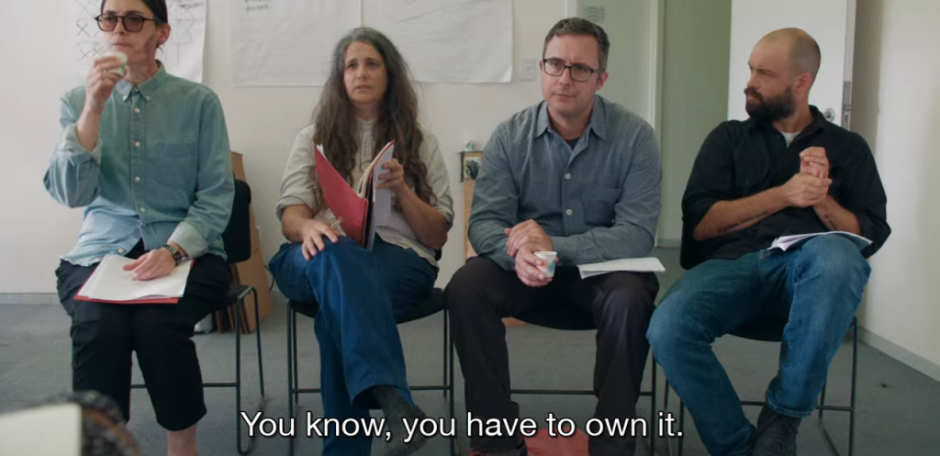Microteaching – 3 of Feb 2024

Plan:
To examine the “feedback” sticky note to explore abstract ideas around how power works in a classroom and the difference between teaching for learning and teaching for producing affects. I referred to larger traditions of object lesson methods from Pestalozzi (Carter, 2018) and its use of object lessons in early-year education to the publishing series by Bloomsbury (Object Lessons) and Afterall (One Work). Those series use the object lessons method to explore abstract ideas, such as the political and social dimensions of the objects.
Structure:
To construct and then examine different variations of the “feedback” sticky note together in response to three questions:
- Give an example of the use of sticky notes in education (to generate material to examine and to distinguish between sticky notes that might look similar – small sticky notes with written words – but do different things)
- One thing you’ll take away from this session
- How would you evaluate this session
Introduce three concepts to move the discussion towards abstract ideas
- Extracted Speech (McKinney, 2016)
- Empowerment
- Nonperformative (Ahmed, 2006)
I brought those prompts as pre-made cards. There would be a lot of talking, and I was asking for very complex interactions in short time which required visual support. I wanted the examined objects to be made collectively and over the lesson so that we actively experienced their development.
My plan was to use transparent teaching to avoid gotcha moments. I wanted a structure that would enable students to challenge my assumptions, where our learning could guide us to unexpected places.

The Session:
I quickly realised that I couldn’t do everything I had planned. I was surprised about the many ways to use sticky notes the participants had. I had to give them extra time to explain their use of sticky notes. Learning about their different pedagogical strategies, was an unexpected bonus. I eliminated the final question and only introduced the concept of extracted speech. The second question caused awkwardness but also excitement. I think it succeeded in bringing a political dimension to our discussions around pedagogical strategies.

Feedback:
Students raised key missed opportunities. I gave everyone a different colour of sticky notes, which made them aware of how visible their authorship would be, enforcing extracted speech in a way that was more accidental than intentional.
I planned to have the cards on the table, but we moved them to the wall as soon as it was suggested and then moved to discuss in front of the cards. This repositioning changed the room’s dynamic. I didn’t had time to do it with the second question.
There was positive feedback on how the session used the sticky notes as an object and a method of analysis. I hadn’t thought about it that way, but it is a strategy that I will repeat. It was a successful way to bring discussions around power and politics to the table and to unveil how we are affected by structures, a dimension central to my teaching practice and my understanding of critical pedagogy. Many of my assumptions about sticky notes in pedagogy were challenged, and I’ll have to re-articulate them. Personally, that’s one of the ways I evaluate a successful teaching session if everyone, including myself, leaves with a sense of something learned or unlearned.
Bibliography
Ahmed, S. (2006) ‘The Nonperformativity of Antiracism’, Meridians, 7(1), pp. 104–126.
Carter, S.A. (2018) ‘Windows and Ladders’, in Object lessons: how nineteenth-century Americans learned to make sense of the material world. New York: Oxford University Press, pp. 6–42. Available at: https://doi.org/10.1093/oso/9780190225032.001.0001.
Hardle, D.K. (2015) Innovative pedagogies series: Wow: The power of objects in object-based learning and teaching. York: Higher Education Academy.
McKinney, R.A. (2016) ‘Extracted Speech’, Social Theory and Practice, 42(2), pp. 258–284.
